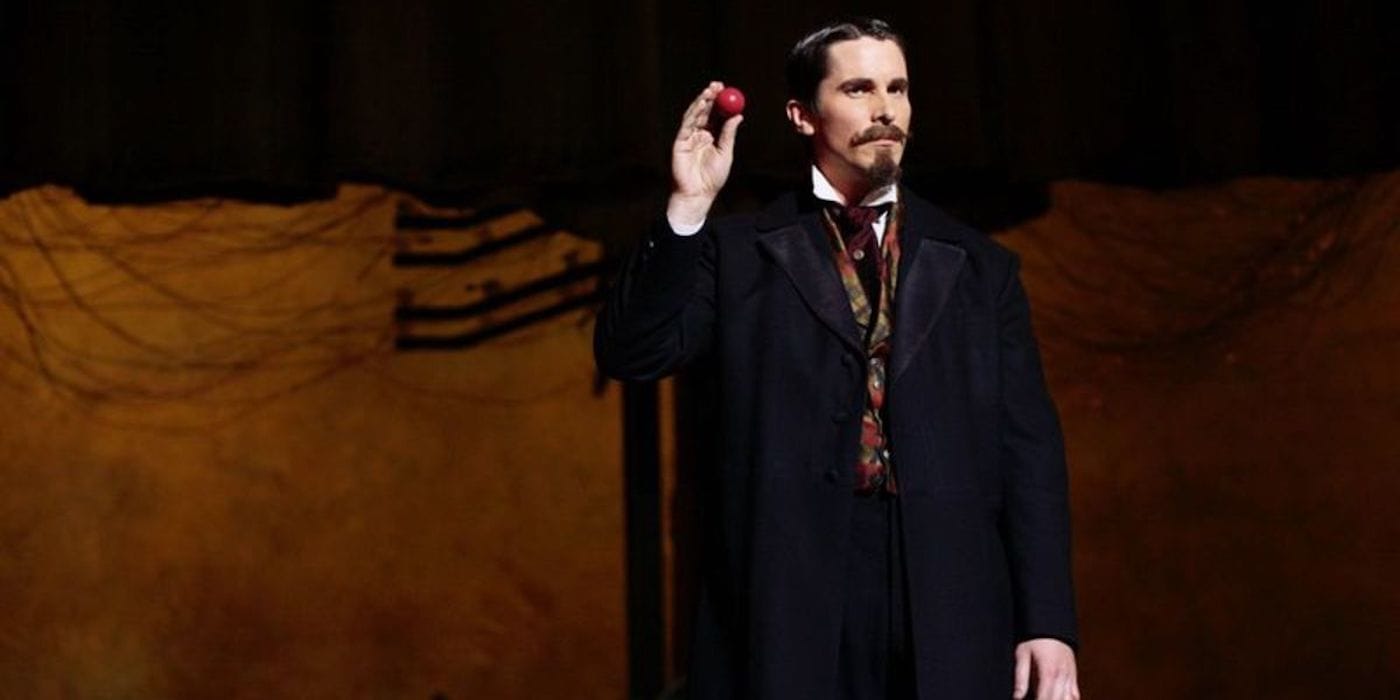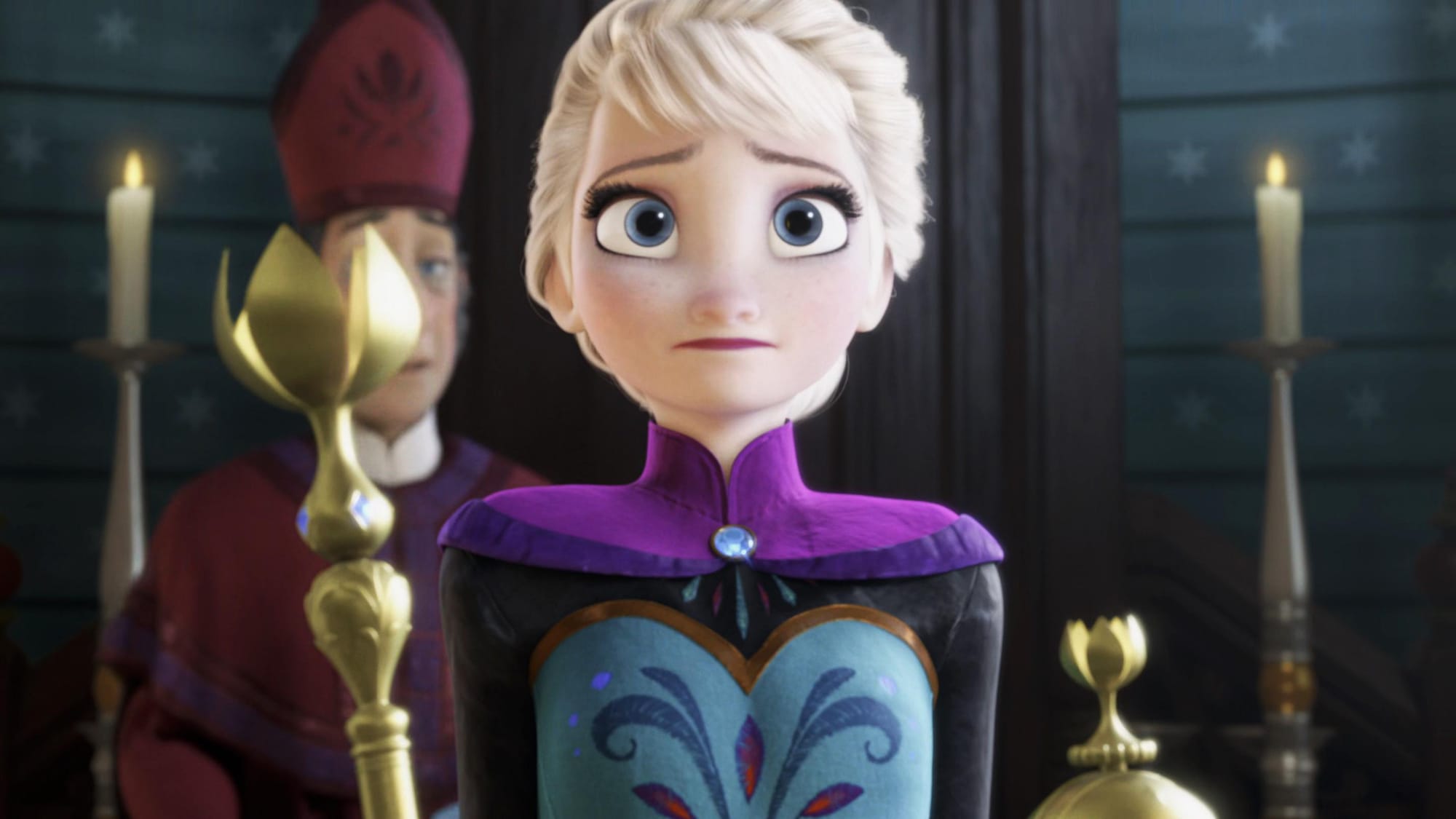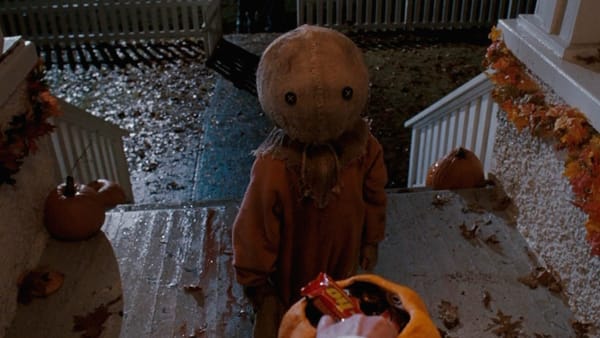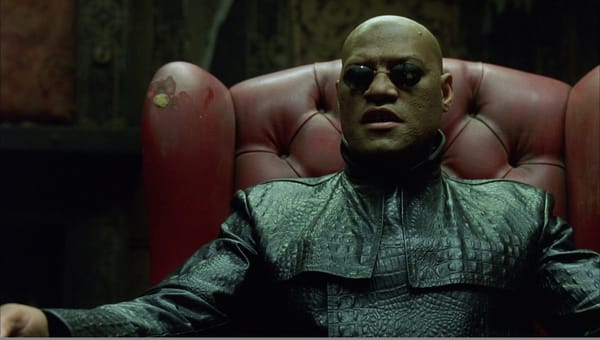Finding the truth in your imposter

The why of their lie
Everybody who pretends to be someone they’re not has a reason. As people, we may not agree with their reason. As writers, understanding their justification and method for splitting their identity helps keep the burden of living a double life believable (or at least understandable) to an audience.
Secret Identities
Sometimes deception requires training, planning, and intense commitment. It’s constructing an identity for a discrete purpose.
A character (or characters) see an advantage in assuming a separate identity, and assume the burdens that come with living extra lives to earn a reward.
SPOILER WARNING: We’re talking about imposters, so some spoilers are inevitable.
The Prestige

The rivalry between magicians Angier and Borden comes to a head with their dueling versions of a trick called “The Transported Man.” The illusion involves a man disappearing and then reappearing some distance away.
Both men live a lie in order to protect the secret of their version of the trick: Borden and his twin brother trade places each day, one dressing up as the trick engineer Fallon. When performing the trick, they both appear as Borden, trading places during the trick to make it look like one man was in two places almost simultaneously. But this method requires them to constantly lie to the people in their life and maintain the illusion that Borden is a single person. Every detail must be accounted for, including going so far as to hack off two of the fingers from one brother so he can match with the other after a failed bullet catch trick blows off two of his fingers..
Angier attempts to copy the trick by using a washed up actor as a double, but after this is exposed by Borden, Angier gets help from Nicola Tesla. An improbable machine is constructed that creates a duplicate of Angier. To protect his version of The Transported Man, Angier uses blind stage hands, a trap door, and a massive water tank so that every time the machine duplicates him, one of the two dies by drowning while the other receives the audience’s applause.
The Brothers Bloom

The setup feels straightforward: Stephen and Bloom are brothers who are incredibly succesful at creating elaborate scams to separate wealthy people from their riches. Stephen’s the architect, and he relies on Bloom to be the performer that hooks their mark.
There’s just one problem with the lucrative partnership: Bloom doesn’t know who he is without Stephen coming up with a character for him to play.
This adds a layer to the “One Last Big Score” structure of the story. Bloom starts actually falling in love with Penelope, their mark, but can’t stand that he’s lying to her about who he is. He’s not even sure that he’s actually falling in love with her, or if this was something Stephen intended when he developed the plan.
The work of being an imposter for so long has made Bloom a stranger to himself, creating a sense of emptiness where one would expect to find their core. He feels a tension between keeping up the illusion and seeing who he is without it, and the story can’t resolve until he resolves this inner conflict.
Fake it ‘till you make it
There’s a flip side to the knowing imposter who sees opportunities in creating a well-executed deception.
These characters want to be seen as someone or something else because of guilt, shame, a sense of duty, or other ideas forced upon them.
They have an image of who they need to be, and put their effort into disassociating themselves from the parts of their true identity that don’t match. They construct an outside they wish their inside would match.
It’s too bad for them (but good for a story) that what’s inside doesn’t like being repressed and told to stay put.
Elsa, Mei Lee, and Rumi

In Frozen, Elsa gets to spell this out in song. She’s been told since childhood that her magical ice powers are a curse that must be hidden from everyone. Even her sister.
But years of her parents' “conceal, don’t feel” mentality breaks down in the perfect storm created by the stress of ascending to the throne, her sister’s sudden urge to marry a stranger, and managing everyone else’s expectations of her duties at the expense of her own peace... It overloads Elsa and shatters that carefully composed outside completely.

In Turning Red, one morning Mei Lee awakes to find herself transformed into a giant red panda. Turns out her mother knew this would happen eventually, because it’s a trait passed down from mother to daughter for generations.

And while her mother makes preparations to seal away Mei Lee’s inner panda forever, Mei Lee starts to realize that her transformations can actually be fun. Letting her friends know the truth of her situation helps Mei Lee find the kind of joy she could never feel at home with the constant worry of disappointing her restrictive, controlling mother.
In K-Pop Demon Hunters, Rumi is part of the pop-star/demon slayer trio Huntr/x, but carries a difficult secret: She’s half demon.

Her whole life she’s been told that demons are inherently evil, and that the only way to remove the marks left on her body by her demonic heritage is to fulfill the work of sealing the Honmoon and cutting off the demon realm from Earth.
She feels the pressure to continue to be a perfect pop superstar with millions of fans, a trained fighter who never lets a demon attack go unanswered, and a friend to her two besties and bandmates... All without letting any of them catch on to her secret.
For all three of these characters, there’s a battle to fight inside themselves, but victory can’t come from one side overpowering the other. These stories about deception and impersonation hinge on a need to find balance between who they think they are and who they think they need to be.
Their stories push them toward reconciling with others to externalize bringing together the warring parts of their internal selves.
- Elsa rebuilds the bond between herself and her sister in order to balance the needs of her kingdom with the existence of her powers.
- Mei Lee can’t find balance between herself and her panda nature without first helping her mother to do the same, repairing their relationship.
- Rumi must reconcile with her bandmates after her demon markings are revealed, because the trust they share reflects Rumi’s internal need to trust herself, and not believe she is inherently bad or wrong because of her parentage.
Takeaways and Questions
- When you have a character trying to deceive others, are they running toward something, or away from something? Which direction are they trying to go with the help of their false identity?
- Who knows the truth? Who doesn’t? Who else in the character’s life can be hurt or put in danger if the secret is revealed?
- If a character uses a false identity to cover up their true self, what was the moment they chose to hide? How did it feel to see something in themselves they wish they didn’t?




